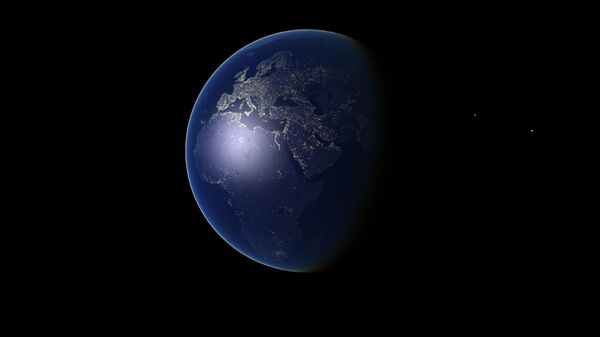The results of the research would help to develop detection technology, allowing the recording of such natural and environmental hazards as oil pollution, wind-induced current, over-enrichment of waters, as well as taking water ecosystems’ forecast to a whole new level.
DSTU Scientists have developed maritime and coastal imagery-processing methods, using pictures taken in space. Compared with the traditional approach, these new methods allow processing remote sensing data with 4D precision models and improving forecast accuracy.
The research is conducted under the leadership of the Russian Academy of Sciences Corresponding Member, Alexander Sukhinov. As natural and environmental hazards’ forecast must be carried out quickly, the scientists use supercomputing systems to do calculations, Sukhinov told RIA Novosti.
"Parallel algorithms we work with allow us to forecast meteorological and hydrological developments quickly. This process is particularly important, especially when we register oil pollutions and toxic releases (emissions) in the sea", Assistant Professor Natalia Panasenko said.
DSTU receives remote sensing data via an agreement with Roscosmos - Russia's state space agency - as well as using open sources to obtain the data. Remotely sensed imagery is processed with artificial intelligence and neural computation. The scientists also employ a Python-based machine learning algorithm for analysing and clustering natural and environmental hazards.

The authors of the research have confirmed the effectiveness of their approach by referring to a series of computational experiments and remotely sensed imagery of the Azov Sea, taken in 2020. The project’s development enables improvement of the neural computation technologies deployed by the researchers, as well as the implementation of Deep Learning methods to forecast the emergence of oil slicks and plankton population spots.
The new models and parallel algorithms have made it possible to cut the time taken and improve the accuracy of forecasts and accountability for natural and environmental hazards, emerging in coastal environments of Southern Russia.
The research was conducted with the help of a grant from the Russian Foundation for Basic Research in 2019.



